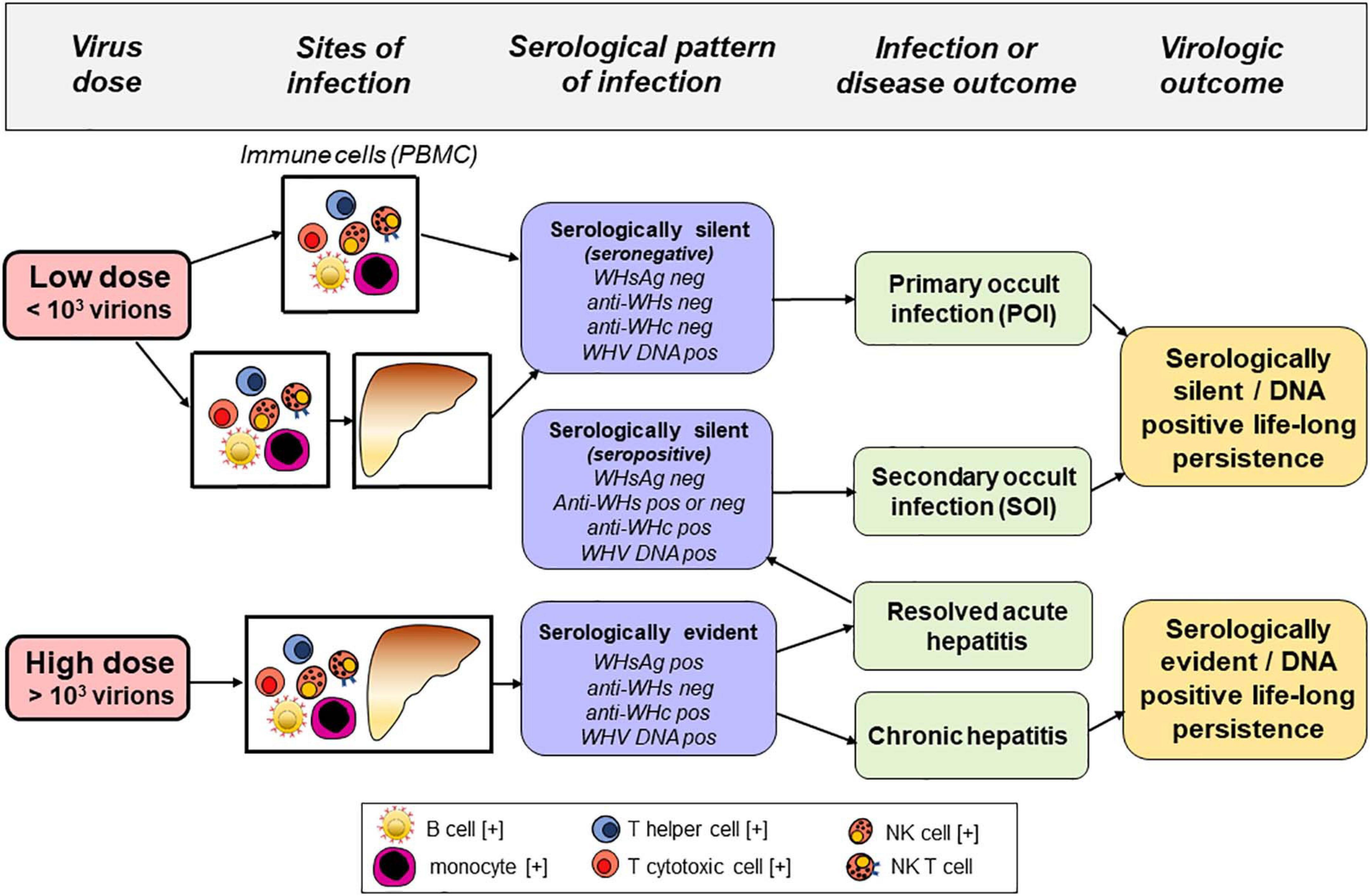

Clients perceive added value from the offered services because they free them from the costs and the problems associated with the monitoring and checking of their chairs. Wilkhahn interests do not rely only on the number of chairs sold, but also on service in fact, the services provided help to reduce the number of produces to be entirely replaced. In the case of a new order, no take-back costs will be billed for those chairs being replaced by new chairs ordered from Wilkhahn. They are disassembled, all parts are sorted into pure material categories and passed on for recycling. The producer company, guarantees the take-back of worn out products. A general overhaul is usually carried out at producer’s plant based on a detailed estimate, and is arranged by the company consultant or by a local dealer. For furniture ranges, that are no longer produced, an additional repair service for two years is offered.

At the end of product life customers are offered take-back and recycling services. The customer can find the information about these opportunities on the product web-site. Older products, which no longer meet current technical or design standards, may be updated if the customer wishes. The order includes a service agreement which comprises three visits by service technicians within a period of 5 years. Let us start with an example of an eco-efficient system innovation adding value to the product life cycle.ĭuring office swivel chairs life, periodical checks are carried out to keep the products in good working order. they are offer/business models capable of creating (new) value decoupling it from resources consumption and environmental impact increase while extending access to goods and services to low- and middle-income people enhancing social equity and cohesion. They shift the value perceived by the customer from individual ownership to access to goods and services.įinally, as the key understanding of our discourse, S.PSSs are offer models with a win-win sustainability potential, i.e. they are based on three main types of innovative stakeholder configurations: product offer combined with product life cycle services to customer, offer as enabling platform for customers and final results offer to customers They shift the primary innovation from a technological one to an innovation on a stakeholder interaction level, i.e. a combination of products and services jointly capable of achieving a final user satisfaction They shift the business focus from selling (only) products to offering a so-called ‘unit of satisfaction’, i.e. S.PSS is understood as a win-win offer model combining the three pillars of sustainability, the economic with the environmental and the socioethical ones. More recently, they demonstrate to be one of the most promising offer models to extend the access to goods and services even to low- and middle-income contexts, thus enhancing social equity and cohesion. Sustainable Product-Service System (S.PSS) has been studied since the end of the 90s as (one of) the most promising offer/business models in this perspective. One promising alternative is the development and implementation of sustainable product-service systems, which can be defined as an ‘ …offer model providing an integrated mix of products and services that are together able to fulfil a particular customer demand (to deliver a “unit of satisfaction”), based on innovative interactions between the stakeholders of the value production system (satisfaction system), where the ownership of the product/s and/or its life cycle responsibilities remain by the provider/s, so that the economic interest of the providers continuously seek new environmentally and/or socioethically beneficial solutions’ (adapted from Vezzoli et al. A key contemporary query is the following: within the current social, environmental and economic crisis, which are the opportunities for innovate towards sustainability? Do we know any offer/business model capable of creating (new) value, decoupling it from material and energy consumption? In other words, is there any alternative to significantly reduce the environmental impact of traditional production/consumption systems?


 0 kommentar(er)
0 kommentar(er)
